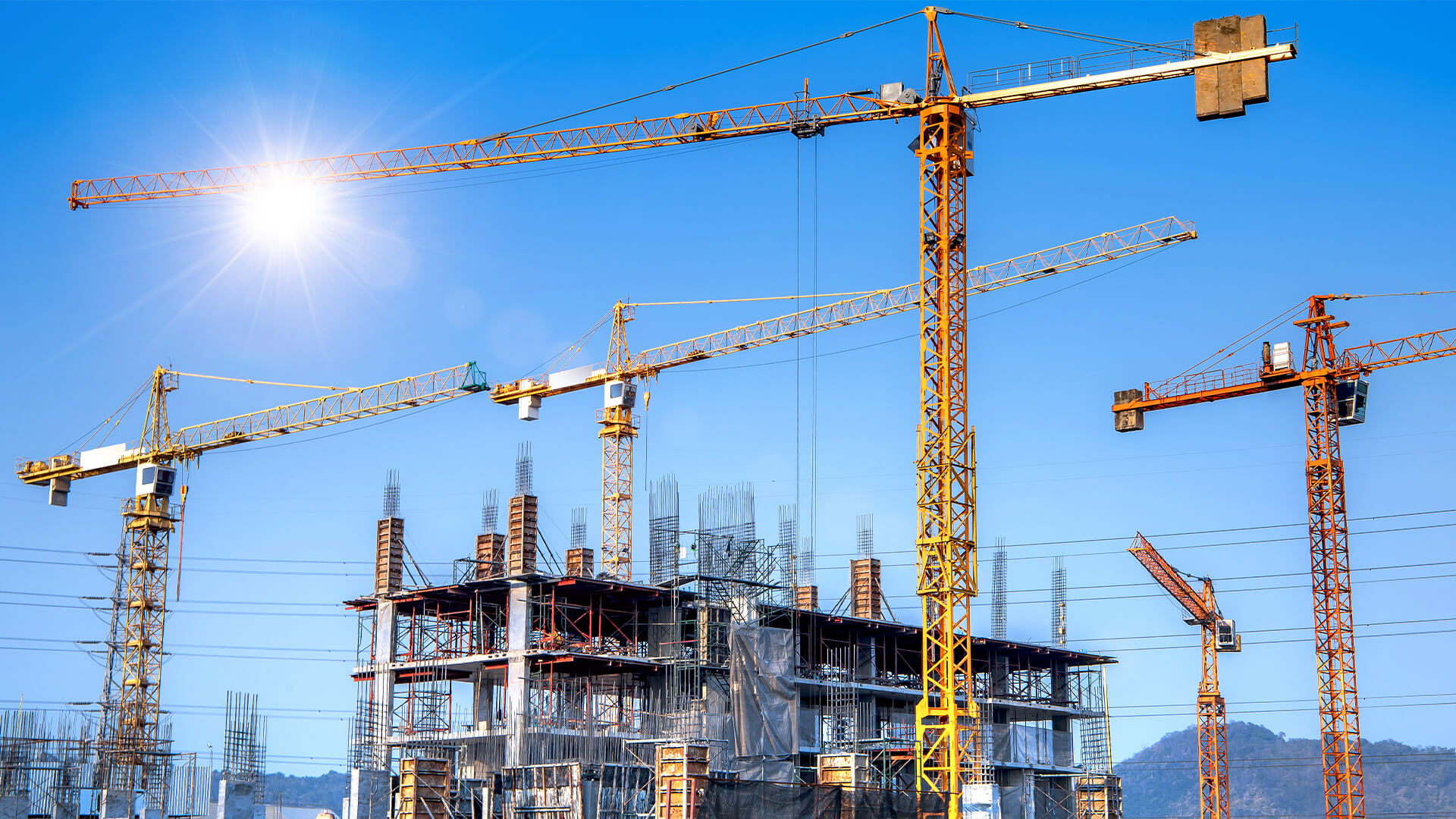By Evelyn Long, Editor-in-Chief of Renovated.
Construction managers dream of projects completed on time or ahead of schedule. However, they’re not always so fortunate. Delays can happen from the multiple parties involved with a build or outside forces like the weather can put a hold on everything.
However, there are ways to prepare. Project managers can be proactive and use risk management strategies to stay ahead of the game. This article will outline how managers can mitigate loss from construction delays.
1. Accurate Estimations
Alleviating loss from construction delays starts with the budget. Construction managers must create budgets with pinpoint accuracy or risk slowing down the project. A shortage of materials or workers can delay the timeline because everyone will have to wait for the orders or new contractors to come on board.
One way to better understand the budget is to conduct research during bidding. The client may send an Invitation for Bid, which contains information about the project specifications, the type of contract and the delivery method. Here, managers will see how much the project will cost. During construction, the supervisors can use workflow software to ensure their builds stay within the allotted budget.
2. Streamlining Approvals
Another source of delay can come from the approval process. Construction teams could be ready to go with a project but wait multiple days to get a green light. Sometimes, the party holding up the project doesn’t know they’re the source of the delay. A highly structured workflow with notifications can make the process more efficient.
Workflow software helps managers stay within their budget and streamline the approval process. These management systems will notify the parties involved when it’s their turn to sign the paperwork. Using a centralised system benefits project managers by making the process more visible — they can see who has given approval and what parties are causing bottlenecks.
3. Fast-Track Construction
The building process doesn’t have to begin and end on the construction site. Contractors can start construction on some parts of the structure before the design stage has finished. This strategy is fast-track construction and project managers can find it helpful for mitigating losses from delays.
One example of fast-track construction is the building’s foundation. Once all parties agree, the contractors can begin creating the foundation before the architects design the rest of the building. Two significant benefits of fast-track construction are expedited completion and reduced costs. This strategy reduces the time required for projects and labour costs. Fast-track construction can benefit project managers by lessening the impact of inflation and high building costs.
4. Effective Communication
From beginning to end, the value of effective communication is challenging for project managers to overstate. All parties involved must reach out to each other throughout the process — it’s one of the best ways to avoid unnecessary delays in a project. Some ways to improve communication include:
- Chain of command: Establishing a transparent chain of command helps construction sites by eliminating confusion. It also breeds accountability and creates a standard for communication. For example, a contract could include a chain of command starting with the project owner, then going down in order with general contractors, subcontractors and individual crew members.
- Technology: Another way to improve communication is to take advantage of technology. Construction tech has made life easier for supervisors who want to improve communication. For example, managers can use building information modelling software onsite and offsite to see 3D models of the project and real-time updates.
- Terminology: Some project managers have established relationships with contractors and can communicate with few or no issues. However, working with contractors and subcontractors for the first time can be challenging. Employees should avoid terminology that can confuse their colleagues on the construction site. Some jargon may be easy to understand, but supervisors should emphasise clear communication.
5. Bracing for Weather
Factors like estimations and approvals are things construction managers can control. However, aspects like the weather are something supervisors can’t manage. Rain, snow and other events can bring a project to a complete stop. Project managers should make the schedule flexible, so the weather doesn’t cause too many problems with delays.
Weather preparation depends on the area and time of year the project takes place. For example, during the winter, the crew should prep the machines using winter blends for fuel and oil. Winterising the equipment reduces the risk of delays in cold weather. In the summer, high winds and thunderstorms can be a nuisance. Crews should tie down heavy equipment and use tarps to protect free items.
Supervisors must consider their workers and their health in hot and cold conditions. Hot weather can lead to illnesses like heat stroke or cause death. Managers should ensure crew members get regular water breaks and have shady resting spots. In the winter, cold conditions can lead to hypothermia if it rains or the employees sweat. Preparing workers for the weather leads to higher productivity and fewer delays from accidents.
Reducing Loss from Construction Delays
Project managers can develop perfect plans for a building, but something can go wrong and cause delays. These interruptions can come from one of the parties involved or something they can’t control, such as the weather. Mitigating loss from construction delays can be challenging, but these five tips show how project managers can stay ahead of the curve.
































